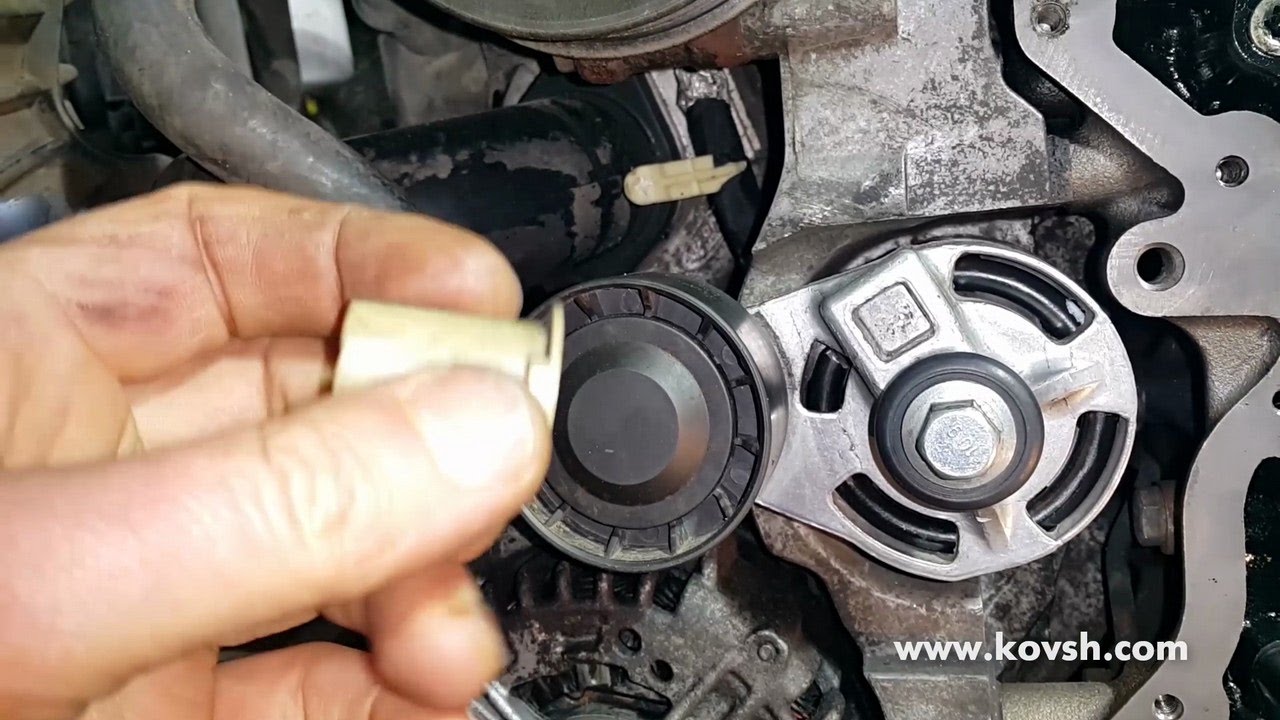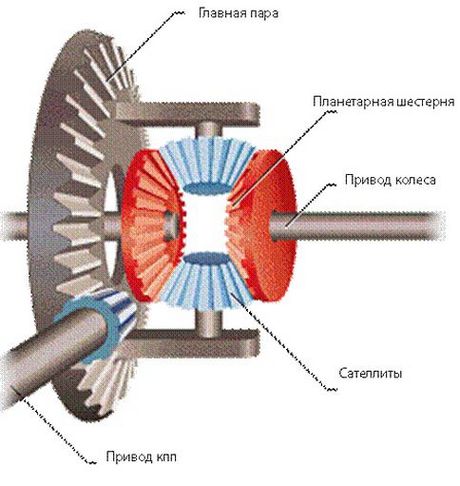
V-belt tensioner - the most common causes of failure and the cost of repair
Content
The generator is responsible for converting mechanical energy into electrical energy. It is thanks to him that it is possible to charge the battery. The generator is connected to the crankshaft by a V-ribbed belt or V-belt. An important element for its proper operation is the V-belt tensioner.
What is a V-ribbed belt tensioner?
The V-ribbed belt tensioner is also called the alternator belt tensioner. This element maintains the correct tension of the belt during its operation. Thus, it protects other parts of the engine from being overstressed. This is a part that requires periodic replacement. Along with it, the belt itself should be replaced.
V-belt tensioner - design and function
The V-belt tensioner in a modern car consists of:
- pressure roller;
- extension spring;
- use;
- belt vibration damper.
Here's what a properly functioning V-ribbed belt tensioner means for your engine:
- a loose belt will slip and, as a result, make a characteristic noise. A worn V-belt tensioner in older vehicles often causes a peculiar squeak when starting the engine;
- an incorrectly tensioned belt leads to an increase in temperature in the engine;
- A defective V-ribbed belt wears out faster.
V-ribbed belt tensioner - signs of malfunction
How to understand that the alternator belt tensioner is out of order? It is necessary to pay attention to the elements of the engine that come into direct contact with it or those whose operation is affected.
Rust on the V-ribbed belt tensioner
Look for rust on the tensioner. In this case, cracks can also form, which are the cause of the breakdown. Rust means the component has worn out and you may need to replace it. To inspect it carefully, you will have to unscrew the V-belt tensioner and inspect it carefully. Rust often forms around the mounting bolts.
Pulley damage
See if your pulley has a smooth surface. It should not have significant cracks. The alternator belt directly affects this element, so damage to it may be caused by incorrect operation of the tensioner. In this case, the parts will have to be replaced.
The pulley bearing may also be damaged. To check this, remove the V-ribbed belt and rotate the pulley. If you hear any noise or feel resistance, that part has probably been damaged as well.
Suspicious sounds from inside the tensioner
You may just hear the tensioner fail. The V-ribbed belt tensioner, which makes sounds such as rattling or clicking, is definitely out of order. The reason for the noise coming from a damaged element is often the failure of the bearings inside it.
Loss of spring properties of the multi-groove tensioner
The spring is the most important part of the alternator belt tensioner. To check if it has lost its properties, you need to turn the tensioner with a wrench. If you don't feel any resistance, the spring is broken. In this case, the entire element will need to be replaced.
Remember that only a damaged part cannot be replaced, especially in the case of a belt. Often its damage means that the V-belt tensioner also needs to be replaced with a new one. As with other failures, fix the cause, not the effect.
V-belt tensioner and V-ribbed belt tensioner - differences
V-belts were still in use in the 90s until they were replaced by ribbed belts. The latter have recesses, thanks to which they fit perfectly on the pulley.
Today, most cars are equipped with V-ribbed belts. Is the V-belt tensioner different from the V-ribbed belt tensioner? Yes, this is a different technology. The V-belt is tensioned by pulling the alternator back, and the V-ribbed belt is tensioned by the tension roller.
How much does it cost to replace a V-belt tensioner?
Replacing the V-belt tensioner can be done at home, but this requires knowledge of the engine design. You will also need tools. If you do not have experience with self-assembly, contact a qualified auto mechanic. Such a service should not cost you more than 15 euros. Replacing this part yourself can do more harm than good.
A properly functioning V-belt tensioner has a great influence on the operation of the entire engine. During a periodic inspection of the car by a car mechanic, you should ask if this element needs to be replaced. This will allow you to enjoy a safe and trouble-free ride.
